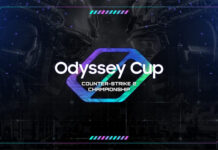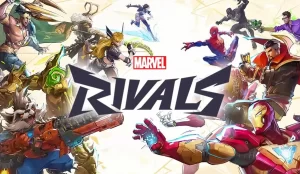
After spending many intense matches in Marvel Rivals, I can confidently say that this game is as much about strategy and synergy as it is about flashy powers and fast-paced action. If you’re just jumping into the chaos of the multiverse or want to elevate your teamplay, here are some essential tips and insights I’ve picked up along the way that will help you thrive on the battlefield.

First, it’s crucial to understand the hero roles. Characters in Marvel Rivals fall into three main categories: Vanguard, Duelist, and Strategist. Vanguards are your frontline tanks, heroes like Hulk or The Thing who absorb damage and disrupt enemy lines. Duelists are your primary damage dealers, built for eliminating high-value targets with precision and aggression. Strategists are the support heroes, such as Doctor Strange or Luna Snow, who heal, buff, or control the flow of combat. Familiarising yourself with the strengths of each role and experimenting with different characters will help you figure out who complements your natural playstyle. I started as a Duelist main but quickly learned that a well-placed Strategist can often tip the tide of a close match.
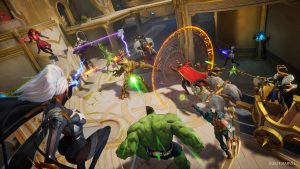
One of Marvel Rivals’ most exciting mechanics is the Team-Up Abilities. These are powerful combo skills that activate when specific heroes are paired together. For example, when Hulk and Wolverine are on the same team, they can unleash the classic “Fastball Special,” where Hulk throws Wolverine into the fray for massive damage. Similarly, Venom can bond with Spider-Man or Peni Parker to grant a symbiote-enhanced burst of power. Another great combination is using Hulk to charge Iron Man’s suit with gamma energy for a high-impact blast. Learning which combinations unlock these team-ups adds a whole new layer to matchmaking and team composition, so don’t be afraid to experiment or coordinate with friends.
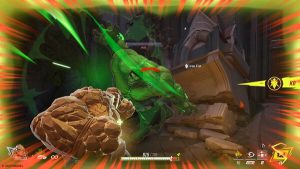
Understanding the game modes is another key to success. Marvel Rivals features several dynamic objectives that go beyond simple team deathmatch. In Convoy, your team either escorts or intercepts a moving payload. Domination focuses on capturing and defending control points, while Convergence is a hybrid mode where you fight for a central objective that unlocks a payload phase. Then there’s Conquest, where points are earned by picking up drops from defeated opponents, which is ideal for brawlers. Doom Match is your classic free-for-all mayhem. Each mode requires different tactics, so take time to explore them all and adapt your playstyle accordingly. Don’t just rush in; think about positioning, team synergy, and objective control.

The destructible environments in Marvel Rivals aren’t just for show; they’re tools you can and should use. You can destroy walls to create flanking routes, collapse structures to disorient enemies, or eliminate enemy cover mid-fight. One match in Asgard taught me the hard way to stay mobile and never assume a structure will remain standing for long. Creative use of the environment often separates average players from game-changers.
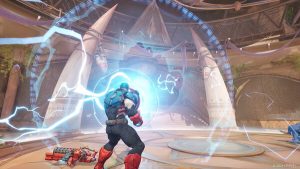
Finally, communication and practice are the backbone of consistent performance. If you’re playing solo, use the ping system to alert teammates about enemy locations or objectives. In coordinated squads, keep comms clear and tactical. Take advantage of practice modes to learn hero abilities inside out, including timing, cooldowns, and combos, and review replays when you can. Even after hours of play, I’m still discovering tricks with characters I thought I had mastered.
It’s a game of synergy, strategy, and adaptability. By understanding your heroes, working with your team, and using every element of the battlefield, you’ll not only rack up wins but also help define what a true superhero squad looks like.
Find out more about the game here.






